The haunting, ethereal sound of Vietnam's đàn bầu (monochord) has echoed through centuries, carrying within its single string the whispers of a vanishing civilization. This unassuming instrument, with its bamboo body and lone steel string, embodies more than musical tradition—it is a living artifact of the ancient Champa kingdom, a cultural bridge between Vietnam's present and a nearly erased past.
Few instruments distill an entire philosophy into their design as elegantly as the đàn bầu. Unlike Western instruments that chase harmonic complexity through multiple strings, the monochord achieves astonishing versatility through constraint. Players manipulate its flexible bamboo rod to create microtonal bends and vibratos, producing cascading notes that seem to defy the laws of physics. This technical minimalism reflects profound Cham Buddhist influences—the idea that enlightenment comes not through accumulation, but through mastering the essence.
Archaeological evidence traces the đàn bầu's lineage to 7th-century Cham temple carvings, where celestial musicians pluck single-stringed instruments. The Champa kingdom, which flourished along Vietnam's central coast until the 15th century, developed sophisticated musical traditions before being gradually absorbed by the expanding Vietnamese empire. Today, the instrument stands as one of the last tangible connections to Cham musical cosmology, where sound was considered a medium between earthly and spiritual realms.
Modern đàn bầu players employ techniques passed down through oral tradition, many bearing uncanny resemblance to descriptions in Cham Sanskrit manuscripts. The characteristic "floating tone" technique—where harmonics emerge like apparitions above the fundamental note—parallels Cham spiritual practices of invoking deities through resonant vibrations. Ethnomusicologists have identified at least seventeen distinct playing styles corresponding to vanished Cham ceremonial functions, from monsoon rituals to epic storytelling.
What makes the đàn bầu particularly remarkable is its survival as a living artifact. While museums display Cham stone carvings and pottery, the monochord continues evolving within contemporary Vietnamese music. Young musicians now incorporate effects pedals and experimental tunings, creating fusion genres that would astonish the instrument's creators. Yet even in these modern adaptations, the essential philosophy remains—that profound beauty can emerge from limitation, that a single vibrating string contains multitudes.
The instrument's cultural journey mirrors Vietnam's complex history. After the decline of Champa, the đàn bầu was adopted and adapted by ethnic Vietnamese musicians, eventually becoming a national symbol. This transformation wasn't merely appropriation, but rather a dialog between cultures—Vietnamese playing techniques blended with Cham structural principles to create something entirely new. The monochord's ability to absorb influences while retaining its core identity offers a metaphor for Vietnamese resilience throughout centuries of foreign influence.
Contemporary efforts to preserve Cham heritage have brought renewed attention to the đàn bầu's origins. In 2020, researchers from the Vietnam National Academy of Music collaborated with Cham elders to reconstruct ancient playing styles documented on temple inscriptions. These recovered techniques reveal how the instrument originally served as a sonic map of Cham cosmology, with specific tunings representing celestial bodies and melodic patterns mimicking the flow of sacred rivers.
Beyond its cultural significance, the đàn bầu presents an acoustic marvel. Acousticians from the University of Hanoi have demonstrated how its unique construction creates phantom harmonics—overtones perceived by listeners despite not being mathematically present in the soundwave. This phenomenon, still not fully understood, may explain why traditional descriptions speak of the instrument "singing with the voices of ancestors." Modern physics thus confirms what Cham musicians knew intuitively—that this humble apparatus channels something beyond mere vibration.
As Vietnam modernizes at breakneck speed, the đàn bầu faces paradoxical challenges. While officially celebrated as cultural heritage, authentic Cham playing styles risk being diluted by standardized conservatory teachings. Grassroots efforts are emerging to document elder musicians' techniques before they disappear. In the mountainous Ninh Thuận province, one of the last Cham strongholds, master musician Thông Tịnh has established an informal school teaching the spiritual aspects of monochord playing rarely covered in urban music academies.
The global music community has begun recognizing the đàn bầu's significance beyond its Vietnamese context. UNESCO's 2023 inclusion of Cham musical traditions on its safeguarding list specifically highlighted the instrument's role in preserving intangible heritage. This international recognition comes at a critical juncture, as climate change threatens the very bamboo used in traditional instrument construction, forcing luthiers to experiment with alternative materials while maintaining acoustic integrity.
Perhaps the most poignant lesson of the đàn bầu lies in its physical simplicity concealing profound depth—much like Cham civilization itself. The instrument's ability to convey complex emotions and narratives through a single string mirrors how Cham culture persisted despite territorial losses and assimilation. When a master's hand coaxes a weeping melody from the monochord, listeners hear not just music, but the voice of a civilization that refused to be silenced.
In Vietnam's bustling cities today, the đàn bầu's melancholy tones still rise above motorcycle horns and construction noise. Street performers and conservatory virtuosos alike continue its legacy, each adding their chapter to an ongoing story. The instrument endures as both museum piece and living tradition, challenging the false dichotomy between preservation and evolution. Its single string, vibrating across centuries, reminds us that cultural survival isn't about freezing moments in time, but keeping essential truths alive through constant reinterpretation.

By /Jun 6, 2025
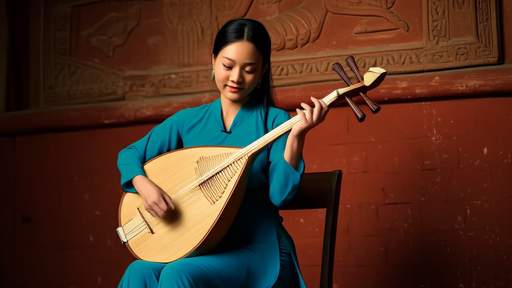
By /Jun 6, 2025

By /Jun 6, 2025

By /Jun 6, 2025

By /Jun 6, 2025
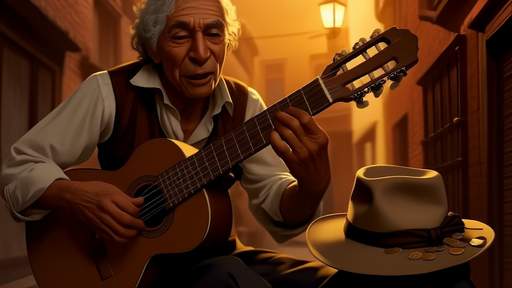
By /Jun 6, 2025

By /Jun 6, 2025

By /Jun 6, 2025

By /Jun 6, 2025
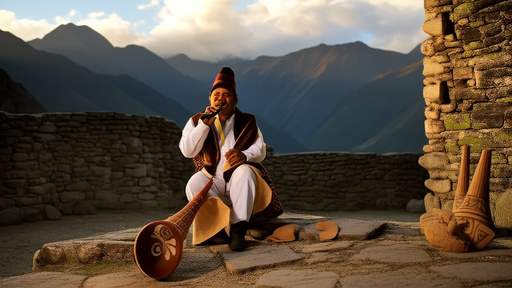
By /Jun 6, 2025

By /Jun 6, 2025

By /Jun 6, 2025

By /Jun 6, 2025

By /Jun 6, 2025
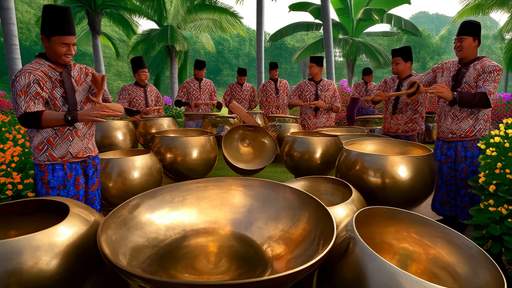
By /Jun 6, 2025

By /Jun 6, 2025
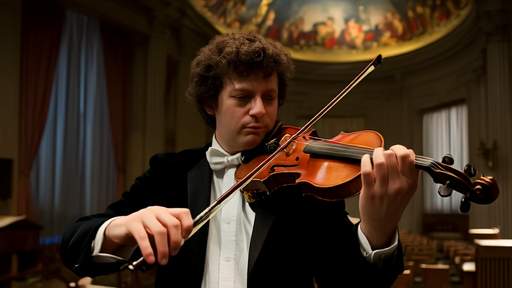
By /Jun 6, 2025

By /Jun 6, 2025

By /Jun 6, 2025
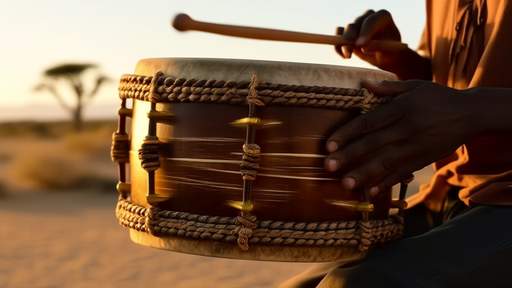
By /Jun 6, 2025